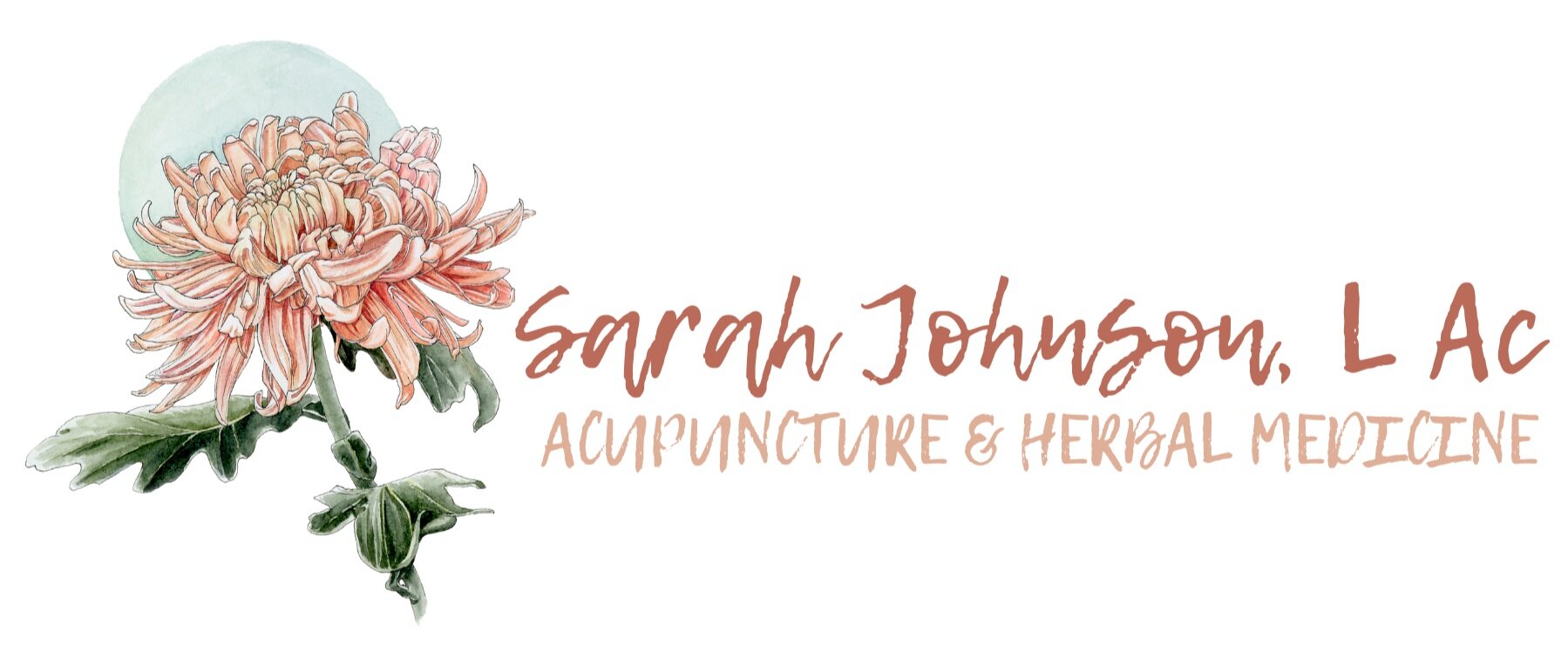Austin Athletes Continue to Seek Cupping Therapy
It wasn’t a huge surprise to see an upswing in people seeking out cupping therapy after the 2016 summer Olympics. Gold-medal winning swimmer, Michael Phelps adorned perfectly circular bruises on his back and shoulders in front of the world which created quite a buzz. Spectators were curious as to what these markings were, which is when many of us learned what cupping therapy is.
At that time I had been implementing cupping in my acupuncture treatments for years and I wondered if the surge of interest would be a passing fad. But here we are three years later and it’s as popular as ever, particularly with my athlete patients. I’m currently treating a long distance runner, a competitive swimmer, a weight trainer, a couple dancers, and a high school cheerleader. And those are just some of the people coming in for cupping therapy. Apart from those, I treat plenty of people who carry tension in their shoulders from stress and find relief from cupping, some with past injuries that give them trouble, people who have tweaked a muscle, you name it.
What It Is
Long used in traditional Chinese medicine and other ancient healing systems, cupping has gained considerable popularity in western countries and has been specifically utilized for athletic performance.
Traditionally, fire was used inside a glass or bamboo cup before being placed on the skin to create a vacuum. By doing so, blood is brought to the surface of the body to treat a specific area of injury or pain. In some instances the cups will be left on the skin for a specific amount of time, and in others your practitioner might glide the cups over an area.
What It Does
The body’s natural way to heal is through blood circulation. Increased blood flow to an area can send a signal to the body of where it needs to heal itself. When people ask me about cupping, I tell them it is similar to a deep tissue massage, but reversed. Instead of applying pressure, the cups lift body tissue to promote circulation.
The traditional Chinese medical thought is this:
“Where there’s stagnation, there will be pain. Remove the stagnation, and you remove the pain.”
The old Chinese medical maxim holds that pain results from the congestion, stagnation, and blockage of Qi, or vital energy, vital fluids, lymph, phlegm, and blood. If pain is the essence of disease, then suffering is a result of obstructed or irregular flow in the body. Chinese cupping is therefore a method of breaking up the blockage to restore the body’s natural flow of energy.
What to Expect
Depending on how tight you are usually determines how intense a cupping session will feel, but your practitioner can adjust the amount of suction to your comfort level. Marks can be anywhere between a light pink to a dark purple color. These marks will start to fade after a couple days, but darker ones can stick around for up to a week. On rare occasion I’ve seen them last longer. So if you’re planning on going to a wedding and wearing something backless, you might want to skip the cupping if you don’t want them in your photos!
Cupping isn’t for everyone, just like massage, chiropractic, acupuncture, or any other kind of therapy. What works for one person may not work for the next. While most of my patients do both, some are strictly needle people while others are just here for the cupping. One thing they have in common though is that they all report feeling “lighter” and more relaxed after a session. Try it for yourself!

